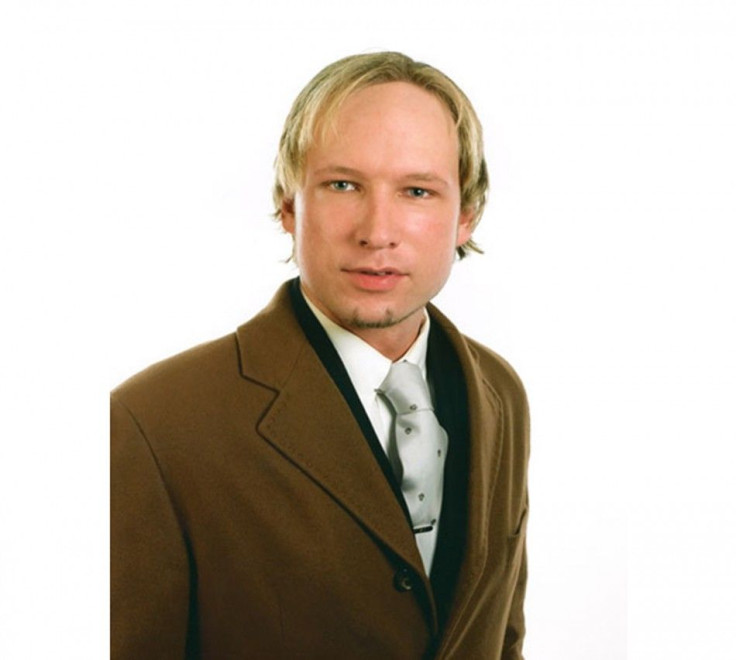Anders Behring Breivik: So, This is What a Terrorist Looks Like?

During the initial reports of a car bomb and massacre in Oslo, Norway on Friday, the initial suspicion fell on possible Middle Eastern terrorists, perhaps al Qaeda, as the most likely culprit.
Indeed, before any facts could be ascertained, CNN reported that the people behind the mass killings were surety Muslims. According to Fairness & Accuracy in Reporting (FAIR), CNN’s Tom Lister said: “”t could be a whole range of groups. But the point is that Al-Qaeda is not so much an organization now. It's more a spirit for these people. It's a mobilizing factor.”
Lister further added: “You've only got to look at the target--prime minister's office, the headquarters of the major newspaper group next door. Why would that be relevant? Because the Norwegian newspapers republished the cartoons of Prophet Mohammad that caused such offense in the Muslim world.... That is an issue that still rankles amongst Islamist militants the world over.”
Many other news outlets also pointed the finger of blame of “Muslim terrorists.”
Then stepped in Anders Behring Breivik -- a tall, blonde-haired and blue-eyed Christian of Norwegian descent.
Thus, will we now have a different conception of what a “terrorist” looks like?
Ever since the September 2001 terrorist attacks in the U.S., airplane officials have racially profiled thousands of people who seemed to fit the physical description of “terrorist." They have been removed from flights, forbidden from entering airplanes, and in some cases even arrested and deported.
This policy has ensnared and victimized numerous people from India, Pakistan, and Bangladesh (as well as from Middle Eastern nations and elsewhere) who had nothing whatsoever to do with terrorism.
Indian Sikhs have particularly suffered from this form of racial persecution since their beards, moustaches and turbans seemed similar to the “wardrobe” of al-Qaeda chieftain Osama bin Laden. Sikhs in the U.S. and UK were not only attacked, beaten and abused in the days following 9/11, but some were actually murdered. (Ironically, Sikhs and Muslims have been historical enemies.)
Now, what about Anders Behring Breivik?
Will men who look like him be similarly profiled and watched when they seek to board a plane or any other form of public transport? Will people suddenly become anxious and “on guard” upon the sight of tall, blonde-haired, blue-eyed men? Will police and immigration authorities ask them personal and hostile questions simply because of what they look like?
I hardly think this will ever happen.
Timothy McVeigh killed more than 160 people when he set off bombs in Oklahoma City in 1995. He looked like the all-American boy. He paid for his crimes, but no one ever becomes uncomfortable in airports when they see people who look like McVeigh.
Breivik will likely be written off as an anomaly – some right-wing nut, who is probably mentally ill … and not part of some wider conspiracy to commit mass murder on innocent people.
Meanwhile, people with olive-to-dark brown complexions, beards and (especially) turbans, will continue to be watched with extreme suspicion and fear.
© Copyright IBTimes 2024. All rights reserved.











